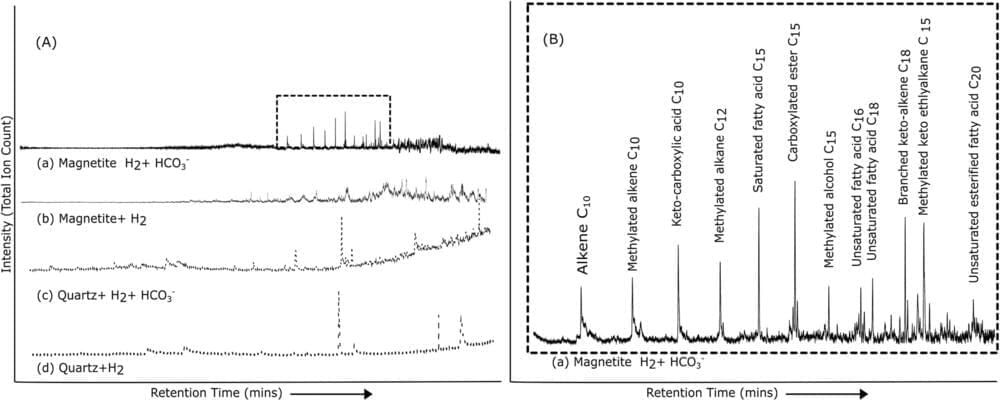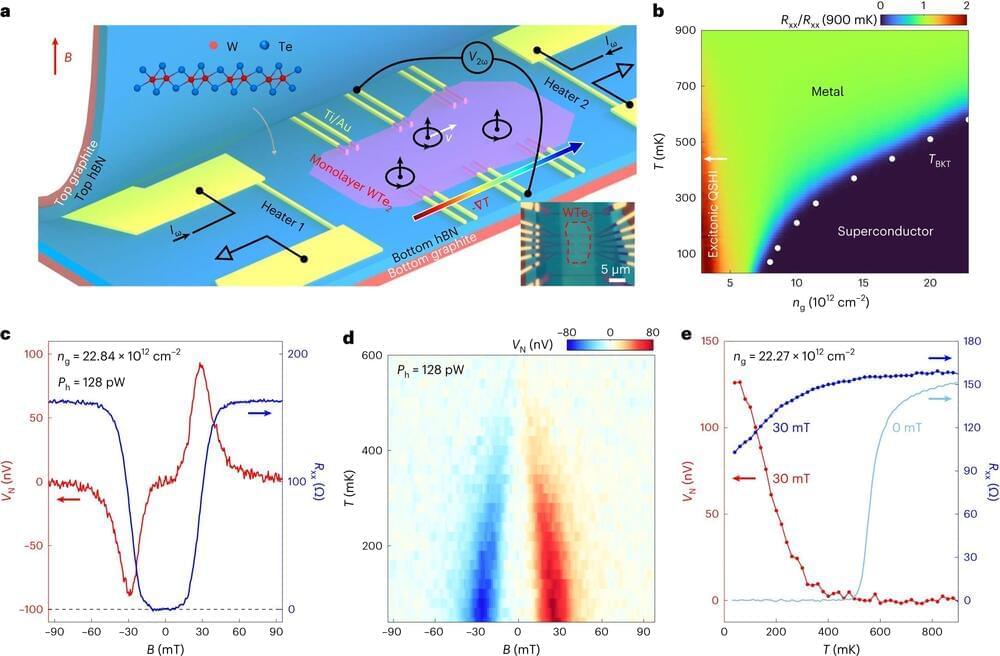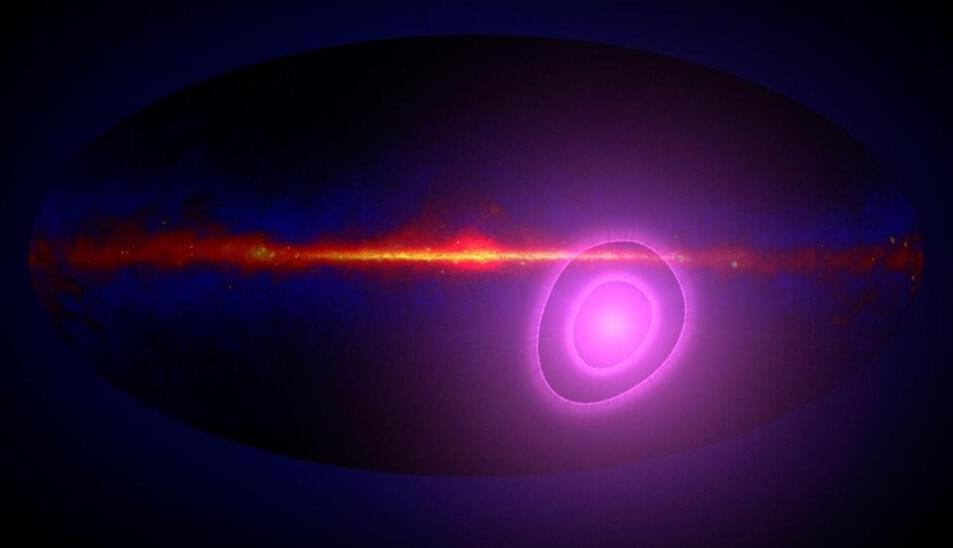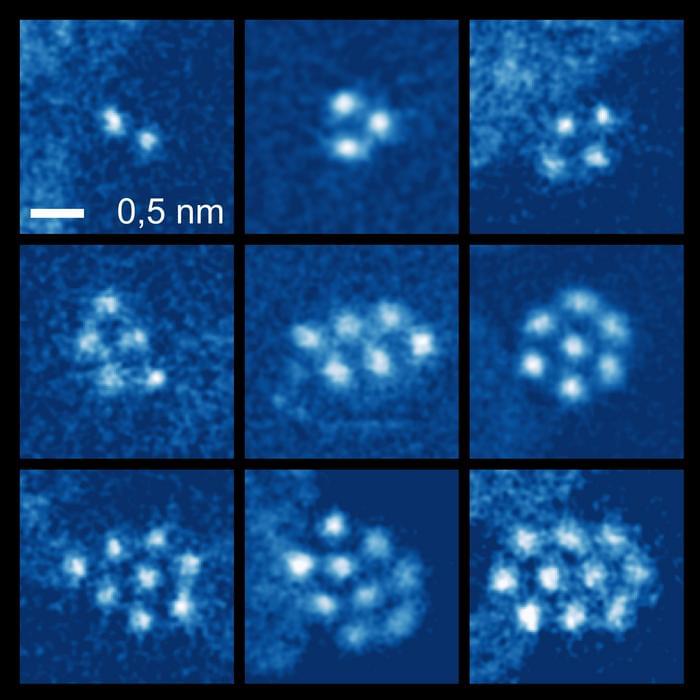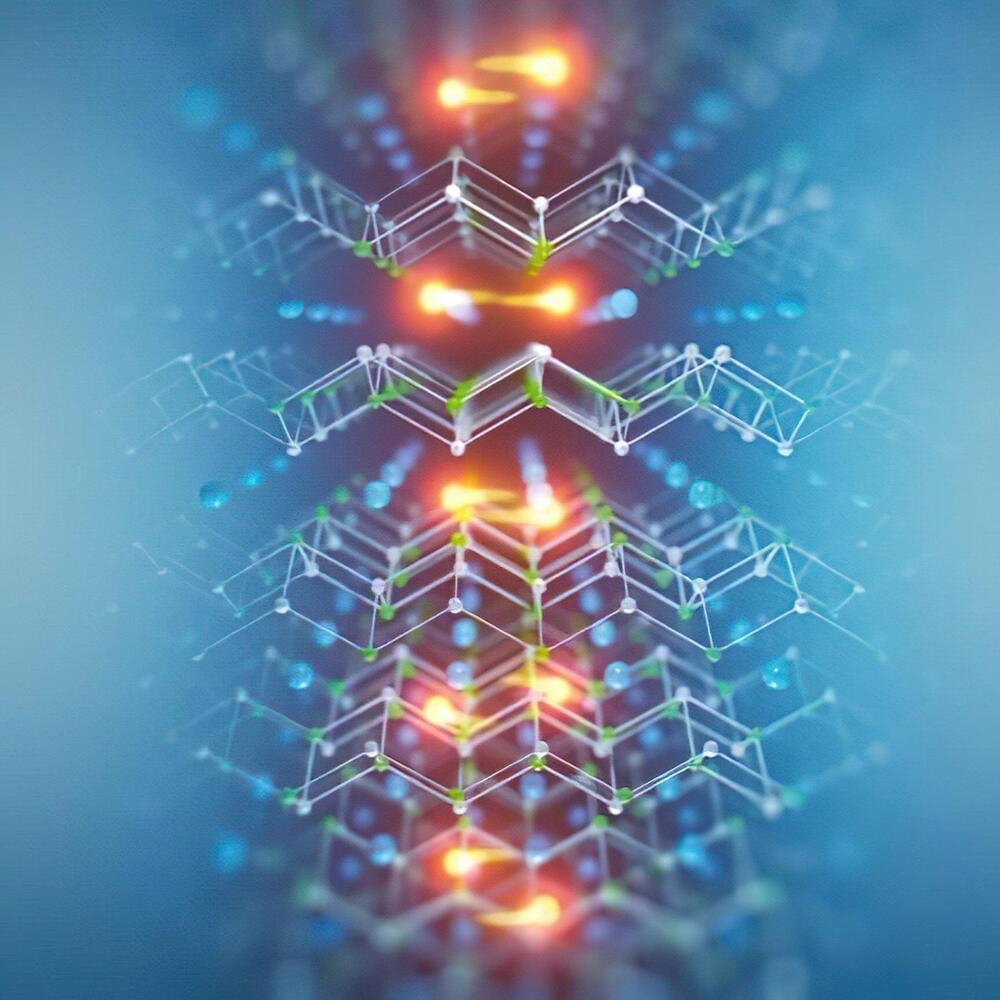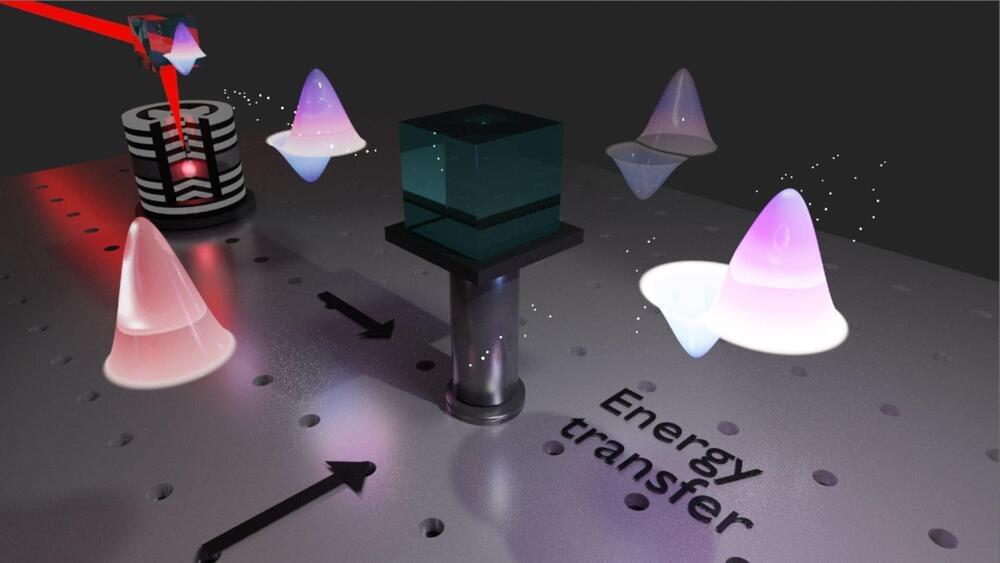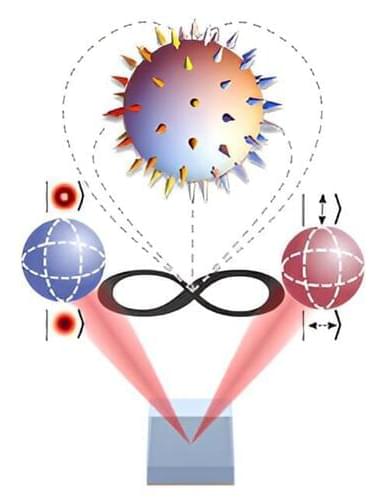Solar panels are already an affordable energy solution since they generate enough power over their lifetimes to pay for themselves and then some. However, they do take some investment up front, and some people (and homeowners associations) dislike the way they look.
So what if you could get that power to make electricity from sunlight without having to install solar panels? That’s the beauty of solar paint, as reported by Solar Action Alliance.
The idea behind solar paint (aka photovoltaic paint) is simple: It’d be like ordinary paint but with billions of light-sensitive particles mixed in, as Understand Solar notes.

